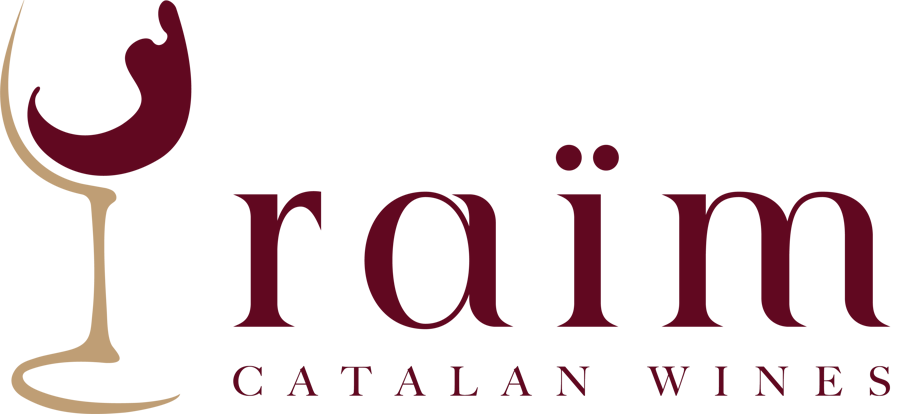Prosecco, Champagne, or Cava?

When thinking about sparkling wine, Champagne and Prosecco are the iconic names that any wine enthusiast most probably has in mind.
However, and despite being around for a while, lovers of great bubbles tend to overlook a third type that doesn’t enjoy the same deserved recognition as the other two. And that is Cava.
While this name might sound new to some people, the truth is that Cava is the third great spear of the “sparkling wine trident”, along with the Italian Prosecco and the high quality Champagne.
But what are the differences between the three types of sparkling wine? Are they all equally relevant in terms of quality?
To find a proper answer, let’s first understand what Cava is about:
What is a Cava sparkling wine?
Adopting the historical name of a winery's cellar where the wines are stored for aging, the production of Cava sparkling wine has been around the Iberic Peninsula for almost 2 centuries.
Dating back to the 19th century and with 95% of its output produced in Catalonia, this high quality sparkling wine uses the same method of production as the french Champagne, ensuring a taste of excellence.
Known as the traditional method or champenoise, this production method focuses on a second fermentation of the base wine in the bottle - an essential process to develop its sparkling bubbles and distinct bouquet.
Furthermore, a mandatory aging period of at least 9 months helps the final wine to achieve its optimal texture, creaminess and aromas to be ready for consumption.
Now that we know what Cava is about, let’s see what sets it apart from the famous Prosecco:

Prosecco vs. Cava
While both Cava and Champagne undergo a second fermentation in the bottle, the elaboration of Prosecco follows the charmat method, where the base wine is fermented in large stainless steel tanks to develop its classic bubbles.
This method focuses on extracting the primary aromas of the base wine, which doesn't undergo a second fermentation in the bottle as both Cava and Champagne do. Therefore, Prosecco ends up being a much sweeter and lighter sparkling wine than the other two.
While a Cava develops all its flavors and aromas thanks to the main fermentation in the bottle and its aging on the lees, a Prosecco lacks the maturation and aromatic intensity of a high quality sparkling wine.
In that sense, where a Prosecco would be ideal to enjoy as an aperitif or in a cocktail mix, a Cava is better suited for richer meals, pairing better with a wider range of flavors and cuisine styles.

Cava vs. Champagne
As we’ve seen, both Champagne and Cava share the same traditional method of production. However, there is a crucial difference that sets these two types of sparkling wine apart from each other: the climate.
Located in northern France, the Champagne region suffers from colder temperatures that affect the growing characteristics of the grapes, limiting their ripening conditions. On the other hand, Cava enjoys the versatility of a Mediterranean climate, allowing the grapes more time to ripen until an optimal stage.
Therefore, while Champagne is limited in producing vintage and dry sparkling wines, Cava can afford to elaborate different types and styles, thanks to the warmer temperatures and longer hours of sun.
But the versatility of Cava goes even further:
Despite using a traditional coupage (blending) of three native varieties as Champagne does, Cava allows a wider range of authorized varieties, enhancing the styles of production and pairing options with different cuisine styles.

Why Cava?
There are many reasons that explain why Cava is a guarantee of excellence in sparkling wine that every wine enthusiast should know about.
Let’s review the main ones we have discussed so far:
1. Production
The second fermentation of the wine and its aging period in the bottle ensures the development of all the nuances and aromatic complexity, essential to achieve the high quality status of the resulting Cava.
2. Flavor
With its optimal grape ripening, Cava offers an extra variety of flavors thanks to its Brut Nature category, producing dry sparkling wines of an excellent character and personality that can’t be found in the likes of Prosecco or Champagne.
3. Versatility
Beyond the classic blending of Macabeu, Xarel.lo and Parellada, a Cava sparkling wine is also produced with other authorized varieties, such as Malvasia, Chardonnay, Garnatxa, Monastrell, Trepat, or Pinot Noir, offering wider possibilities in terms of flavors and styles.
4. Affordability
While the price of a Champagne bottle is directly affected by the limited production of the region, Cava winemakers can afford to increase their production without compromising quality, which leads to lower costs, and therefore, more affordable prices.

Final thoughts
The unique identity of Cava is well known among wine experts and enthusiasts alike.
Boasting an intense aroma and complexity like no other, Cava is a taste of excellence in sparkling wine, and a true pleasure for the most demanding palates.
At Raim Catalan Wines we specialize in premium Cavas and classic wines from Catalonia, a fascinating Mediterranean region in northeastern Spain. Wines produced with both native and international grape varieties from local estate vineyards.
Shop high quality wines today and discover the Mediterranean flavor at its best!
Article by Raim Catalan Wines © ALL RIGHTS RESERVED.
